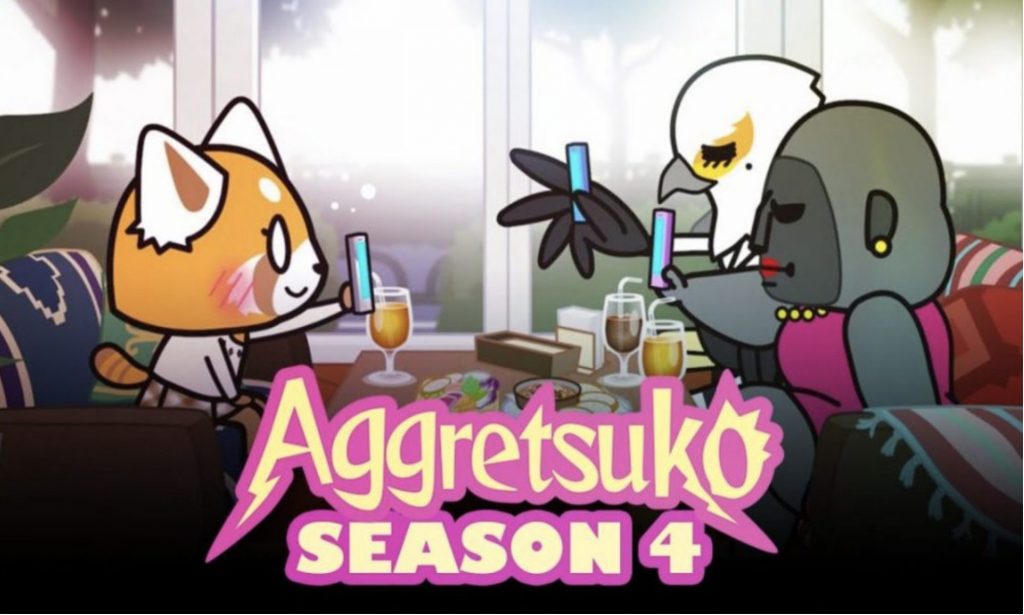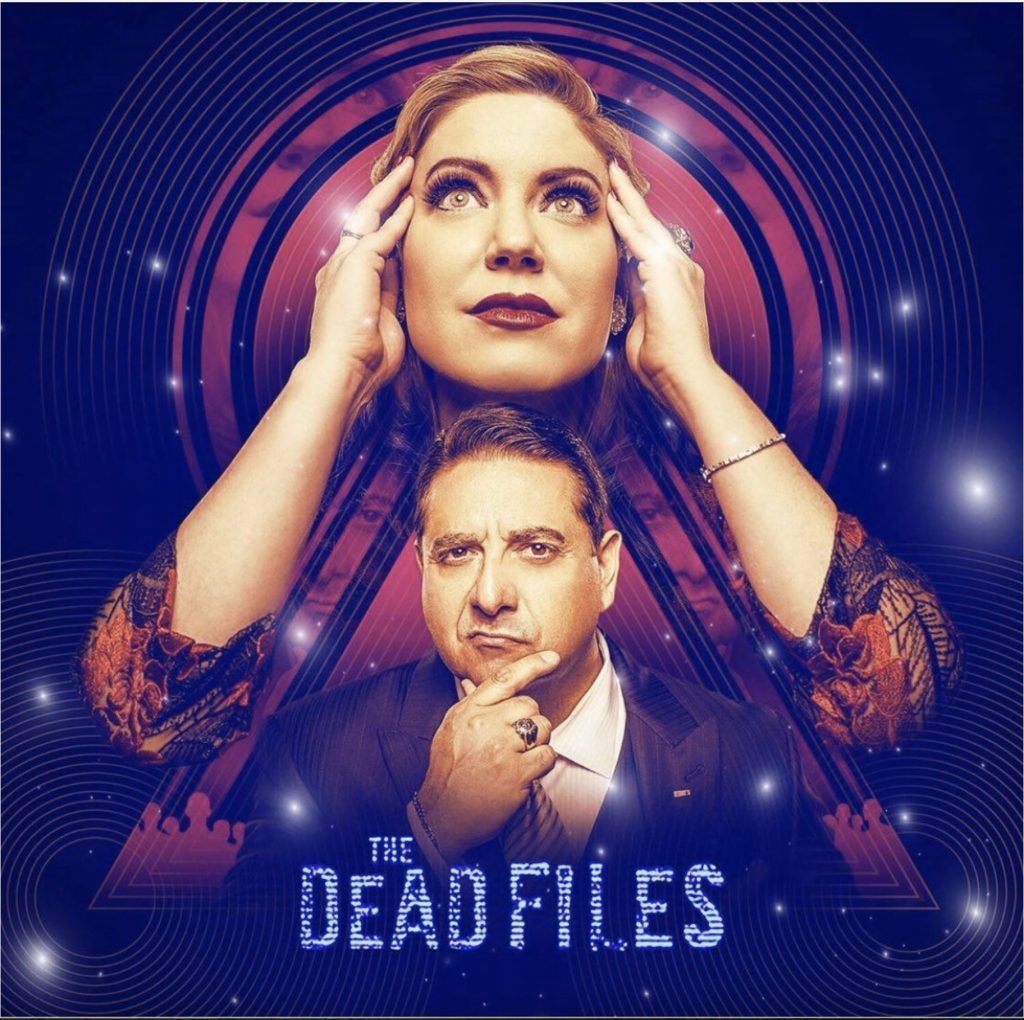The Ending Of The Menu Explained: The Ending Of The Menu ExplainedIn which we break down the meaning of Menu’s final sentence. The Menu is a dark comedy directed by Mark Mylod and written by Seth Reiss and Will Tracy about an acclaimed chef and the diners who visit his restaurant.
Premiering at TIFF 2022, the film’s wide release was on November 18 of that year. In the final moments of The Menu, Chef Slowik and his remaining staff set fire to Hawthorne, trapping all of the guests inside except for Margot.
She manages to get off the island just in time to see it burn to the ground as Tyler and the others suffer the repercussions of their excessive wealth and their enjoyment of Chef Slowik’s (Ralph Fiennes) elaborate culinary creations.
Read More:
- Kaleidoscope Ending Explained: Who Was Nazan Abassi’s Murderer?
- Knives Out Glass Onion Ending Explained: What is the Ending of This Series?
This is a bleak conclusion to a film that gets progressively bloodier while remaining blackly comic throughout. While The Menu’s plot and characters are fairly simple at first glance, there are many depths to be discovered within them.
The Real Reason Chef Slowik Doesn’t Want Margot At Hawthorne
Chef Julian Slowik has no idea what to make of Margot throughout The Menu. Viewers soon discover that Margot was never meant to factor into Chef Slowik’s grand scheme. She doesn’t have a lot of money or an air of superiority, and she doesn’t think of his food as anything more than that.
Chef Slowik, represents a kindred spirit, someone who knows what it’s like to come from a poor background but who has found a way to succeed in the modern world. Since Margot (Anya Taylor-Joy) hasn’t harmed anyone or an entire industry, Chef Slowik wants to punish the elite but not her.
NEW VIDEO
THE MENU Ending Explained@JaredBuckendahl breaks down the ending of #TheMenu #themenufilm
https://t.co/MJy0xu8vRc via @YouTube pic.twitter.com/QQZZnB7Ujw
— oficialy Verfied
(@heavyspoilers) January 3, 2023
Chef Slowik’s Plans Explained: Why He’s Punishing The Diners
After each course, Chef Slowik reveals what he has in store for the evening’s feast. He intends to make this a night the guests won’t soon forget, but Slowik’s plans are so dangerous they could prove fatal.
Chef Slowik blames the pretentiousness of the fine dining industry on the customers who frequent Hawthorne, and as a result, he is punishing them. Wealthy diners have propelled the food industry forward, but their spending has also increased restaurant prices, widened the gap between social classes, and sapped much of the enjoyment from eating out.
Most importantly, Chef Slowik has become a pathetic caricature of himself, a sock puppet for his benefactors who he has grown to resent. Chef Slowik’s goal was to offend and embarrass his guests, who come from different walks of life but have all used money as a front to do as they, please.
In a rare reversal, Chef Slowik finds himself in a position of power. The famous cook intended to humiliate his well-heeled guests so that they would experience what it was like to be completely dependent on another person.
Chef Slowik intended for them to fail at Hawthorne regardless of their financial resources. That’s why they ruined food as art in Chef Slowik’s eyes.
Why Tyler Pretends Margot Is His Girlfriend?
It is implied that Tyler is an annoying foodie who can’t wait to eat at Hawthorne. Tyler’s original date (an ex-girlfriend) was unable to make it. Since the restaurant preferred at least two diners, Tyler paid Margot to pose as his date for the evening.
Keeping up appearances wasn’t the only reason Tyler could talk about Slowik’s process and the food’s texture and flavor at length; he also knew that Margot couldn’t care less. His snobbish nature shines through in his need to explain everything and encourage Margot to enjoy the experience despite her reservations.

Why Chef Slowik Allows Margot To Leave The Island?
Chef Slowik became engrossed in preparing elaborate tasting menus, which he priced at several thousand dollars. In contrast, Margot is not wowed by his culinary creations or their presentation and wonders what all the fuss is about.
As surprising as it is that Margot dares Chef Slowik to make her a delicious hamburger, it is precisely this request—and Margot’s approval of the meal—that brings him back to his roots and the joy of eating a well-prepared meal.
Margot’s lack of pretentiousness about the hamburger suggests she understands the experience of food tasting better than any of Chef Slowik’s guests; and since she wasn’t part of his original plan, he’s fine with letting her life.
The Menu’s True Meaning Explained
The Menu is a critique of the rich who think they’re contributing to the fine dining experience when in reality they’re just taking advantage of it. The film has a lot to say about the working class and the poor origins of the food enjoyed by Chef Slowik’s guests, and how the same food loses its creative value and enjoyment when it is overly commercialized and treated as an “experience” for the rich.
Because his diners are more interested in the minutiae of the meal than in the pleasure it provides, Chef Slowik is losing his enthusiasm for cooking. The Menu is also a critique of social inequality and the way the wealthy can enrich activities, such as fine dining, to the point where they become disconnected from their working-class origins and the people who can no longer afford to partake in them.
Tyler is preoccupied with Chef Slowik’s use of ingredients not because he has any particular interest in food but so that he can look down on those he thinks lack an appreciation for Slowik’s work (like Margot). The Menu takes advantage of the gap in socioeconomic status by making the wealthy feel like they’re not as important as they are.





